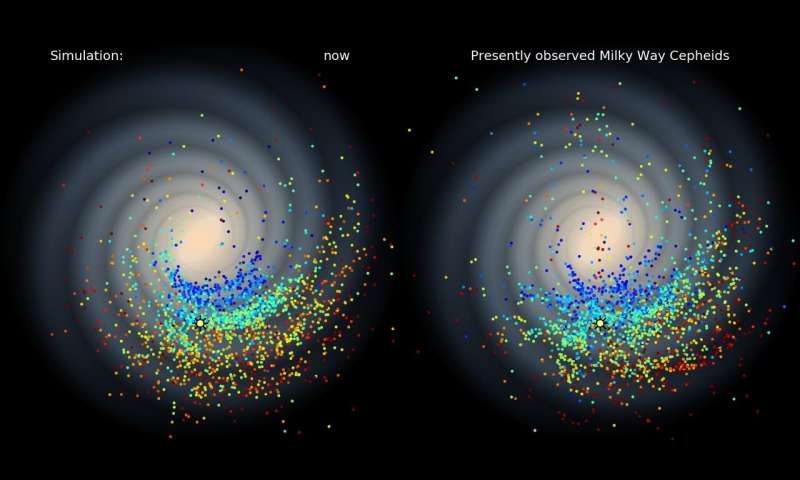Best of Last Week: A major nuclear release, a 3-D model of the Universe and exercises that overcome obesity genes

It was a good week for physics as a team with members from Rutgers University, the National Institute for Materials Science and University of Chinese Academy of Sciences, made a graphene discovery that could help develop superconductors: in moiré patterns in the material, electrons organize themselves into stripes.
A team at Purdue University demonstrated a new way to measure the phenomenon of entanglement in chemical reactions by generalizing Bell's inequality.
A team in the departments of High Technology Materials, Physics and Astronomy in the U.S. and Latvia demonstrated 2-D nuclear magnetic resonance spectroscopy with a microfluidic diamond quantum sensor.
In technology news, a team from Tsinghua University and Brown University came up with a new approach that could make HVAC heat exchangers five times more efficient, by adding a readily available organic solvent.
A team at North Carolina State University found that shared e-scooters aren't always as green as other transport options when taking into account the environmental impact involved in their production.
And a team of scientists at the U.S. Department of Energy's Lawrence Berkeley National Laboratory cooked up new recipes for taking salt out of seawater—by investigating the behavior of ionic liquids in water at the molecular level.
In other news, a team at the University of Warsaw created a 3-D model of the Milky Way Galaxy using data from Cepheids, which are unique pulsating stars.
Aeam at Cardiff University found a possible explanation for why babies born during winter are at higher risk of developing mental health disorders—it appears to be related to increased levels of cortisol due to stress.
A very large team of Ro5 researchers from across Europe found that radioactive readings in 2017 were from a major nuclear release—likely an accident at the Russian nuclear power plant in Majak.
And finally, if you are one of the millions around the world who believe that part of your tendency to gain weight is genetically based, you might want to check out a study done by a team with members affiliated with several institutions in Taiwan. They found that jogging and five other exercises can ward off weight gain despite having "obesity genes."
© 2019 Science X Network